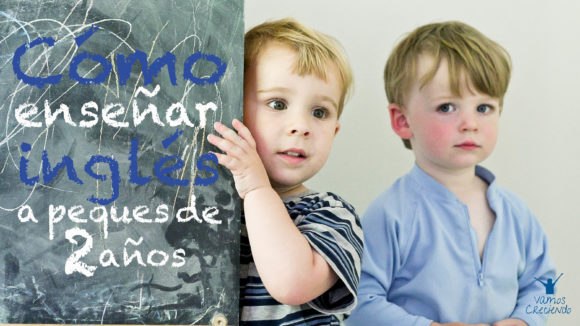
photo credit: Blackboard Gabriel and Theo via photopin (license)
Last week I received an email that could not make me more excited. It comes to Ade, a reader and follower of my Youtube channel, that the next course will face a great challenge: teach English to kids in two years in a country with a totally different culture than ours.
In your email, Ade told me that I was not sure how to deal with class, and what resources to use with very young children. Therefore, although today's post is particularly aimed at her, I hope that, all that next year we enfrentéis a similar challenge to help you.
Some important points to consider before hitting the contents of the class are:
- You can not lose sight of the fact that we are talking about children 2 years old, so it is essential that, If you want to keep your attention, cambiéis usual activities during class.
- Cread a class structure that always should follow. Routines are essential, and more for children as young. Ideally always you should follow the same routines in class, so that the small knows what will happen at any time and feel safe.
- Explicadles at the beginning of class what you going to do that day. Although you may believe that children are very young and do not need to explain things, quite the opposite. Tell them what you ought going to do and what they learn, so you will succeed in creating an atmosphere of trust in the classroom.
- Take the well prepared class and, above all, prepared contingency. When we talk about teaching, We can not leave anything to chance. Of course, we let flow the class, and sometimes even, that are "students who wear". But, I assure, if your students see that you doubt or do not have very clear what will you do, no matter having 2 years or 20, the class will go out of hand.
Having said that, let's see how you could organize an English class two years for learning to occur significantly.
1. The routines.
From my point of view, the first part of the class should always begin with an assembly. Seek a comfortable place and that children feel yours. I at the academy have a carpet with cushions, but I understand that in the classroom you @ s do not have because to have a similar space. Actually the assembly can be performed anywhere in the classroom, but always with a distribution that enables all children to see you, and see the rest of his teammates. In a semicircle, for example. As we are talking about very young children, You can mark them place on the floor with a gomet, so they know where they have to sit.
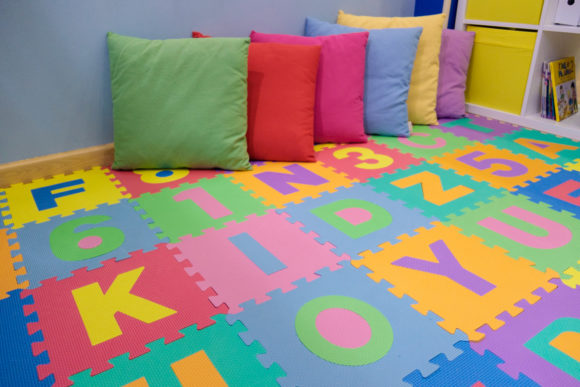
During this assembly routines trabajad. You can teach structures like:
- What is the weather like today?
- What day is it today?
- What is your name?
- How are you today?
- How do you feel today?
At first will cost you children respond to these questions, but then you will see how over time they taking them and understanding what you do reference.
To work all these concepts, You have millions of resources. I for time, for example, use images and play with the children to "weatherman". You with the kids in 2 years you can just teach images. You can also use applications such as Children’s Day Map, Great to use both the whiteboard and the Tablet.
In addition to these structures, ask them how they feel, What made the weekend or the day before, etc. All such discussions will lead you to work new vocabulary and very useful for kids.
During this part of the class songs they are also allowed 😉 As you shall know and are a great resource and the kids love them.
On the other hand, the assembly is a fantastic time to introduce new vocabulary and, why not? Work it with our body. Remember that all that work and experience with our own body we find it much easier to remember and, further, we will do it for longer.
2. vocabulary.
But in this post I've put it separately, Ideally at this age, and I would say that throughout the stage of child, It is that you work during the assembly vocabulary.
I usually work with vocabulary bits intelligence. I talked about them este post. In this article, find all the keys on their main advantages, how you ought to make them and the games that you can do with them.
To work vocabulary, further, you can use your own body. Obviously, for concepts like body, the emotions, etc., It will be much easier, because it expresses itself our parts or feelings. But, further, you can always make simple theater and performances to work certain concepts.
3. Games and songs.
The songs are the resource par excellence in early childhood education. No song that the kids can resist them, and surely there are songs for almost all concepts that you may occur. In este post, I left 68 songs to practice concepts ranging from colors, to food through transport and geometric shapes.
A fantastic complement to the songs are games. Within these, besides including those we have discussed in the previous section, You can make as many as your imagination allows. I leave some I do in class, although most of the time is a matter of going improvising on the fly 😉
- Foods. Food for work, I go with kids "shopping". How? You just need toy food, a basket and "coins". One can be the seller and another making purchase. They go out one by one and with your help will you work the new vocabulary.
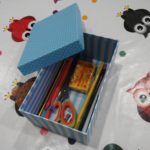
- School supplies. In class I have always what we call “the magic box”. It is nothing but a box where I put a pencil, an eraser, scissors, colored pencils, etc. With over 5 years game you have to close your eyes, remove an object and find out what it is. With the kids in 2 You can pretend that you are what you think magicians in an object and conseguis out of the box. They are will be blown away! This idea can use to work any other vocabulary. Actually the only thing that varies is the size of the box 😉
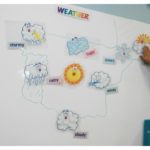
- The weatherman. In class I have a white board which is just up to the kids. What I do is draw them a map, we have always done with the map of Spain. What I do is ask them to go hitting the clouds where it belongs. As in this case we are talking about kids in 2 years old, and I imagine that little geography control, You can ask simply that indicate how long ago.
- Clay. The layers You can help a lot, and to work almost any vocabulary. I use it, above all, to work geometric shapes and prepositions.
4. Stories.
From my point of view stories are the best way to end the class and review what seen throughout the session.
The ideal is that you choose a story related to the content you have seen one or inventéis. “The very hungry caterpillar”, for example, If you have worked food. “The Color Monster”, If you have worked emotions, etc. Besides being fantastic for review at the classroom, They are a very good way to get back "calm" and that the kids sit tight.
I hope these ideas help you to raise your class.
If you are making You use resources or games that you believe that can help Ade, and other readers, do not fail to share with us.
Thanks for your time!
A hug,
“A teacher impresses for eternity and can never tell when he finishes his influence.”
Henry Brooks Adams
Tags: 2 years old, activities, Learn, Songs, children, how to teach, Day Map, teach, english, Games, school supplies, Children, sin, means, routines, vocabulary

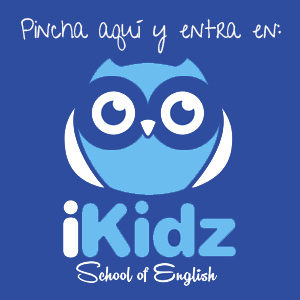
 Español
Español English
English Français
Français Deutsch
Deutsch 中文(简体)
中文(简体) Português
Português

A super post interesting Cristina !! Thank you.
Thanks to you! 😀
I hope you find it very useful.
A hug,
Cristina
Hello, good night. My name is Maria, I am a teacher of Primary Education (oppositional) and very interested in the English. In fact recently I took the B2. Looking for a job, by coincidences of life I have the opportunity to work in a bilingual nursery school. Something quite worried because I do not know how to teach English to children 2 añitos, but I live as a great professional challenge and makes me really happy. Looking for online resources, I saw your lecture on youtube “the English classroom in early childhood education” and you left me impressed. I congratulate you. From it, I have known your blog, I have already signed. Very good work. I'm watching all content. Very interesting.
If you could, I would like you to give me any recommendations regarding my situation. I've never worked with children of these ages and I would like to be ready to rise to the occasion.
I wait your answer.
A greeting.
Sincerely,
Maria.
Hello Maria,
Thank you for following and comment in Vamos Growing!
From what I hear you comment, Your situation is very similar to that of companion and reader why I wrote this post.
What have you looked in detail? Surely commented following the guidelines in this article have no problem.
If you need anything else do not hesitate to tell me.
A hug,
Cristina
Hello Maria, We escontramos us in a similar situation. I'll start with children two years in September, It would be interesting to exchange views.
A greeting.
What a good idea Duchess! 😀
Hello Duchess.
Sorry for the delay of my reply.
It would be a pleasure to share my experience with you.
A greeting.
Hello….I am very nervous, I am new as a teacher of children of 2 a 3 years old and I have a lot of problems to capture the attention of the children since they are 41…What I can do???
Hello Eli,
my goodness 40 students!!
What works best for me are the songs..
I remember the first day of class with little ones from 3 years old… I wanted to cry!
In the end, the only thing that helped me to calm them down was singing and dancing..
Much encouragement and a hug,
Cristina